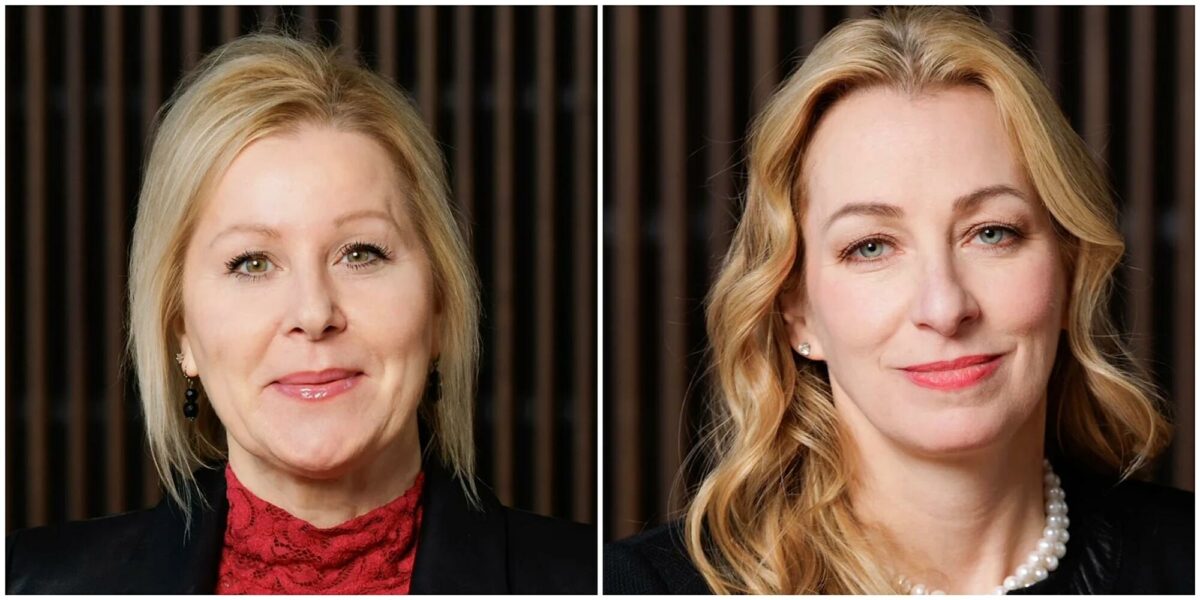Burghard and Purcell
The COUNTRY MUSIC HALL OF FAME AND MUSEUM has promoted SVPs NINA BURGHARD and LISA PURCELL to EVP roles. BURGHARD will serve as EVP/Finances and Operations, and PURCELL as EVP/External Affairs. Both will continue to report to CEO KYLE YOUNG.
YOUNG said, “Both LISA and NINA have moved into expanded roles, taking on the supervision of additional departments and scopes of work, helping to strengthen the institution. Their talents and leadership have been essential to the success of the museum and its growth over the past decade.”
While previously serving as SVP/Financial Services & Operations, BURGHARD added the museum’s information and technology department to her responsibilities, as well as the management of the museum’s COVID-19 safety processes during the pandemic. Prior to joining the museum in 1998, she spent a decade with ARTHUR ANDERSON LLP.
PURCELL, who previously served as SVP/External Affairs, added supervision of the marketing and public relations departments to her work, which supports the museum’s development, education and community engagement efforts. Her leadership areas encompass contributed income, including individual giving, planned giving, membership and corporate partnerships; educational programming; public relations; public affairs; and marketing. Prior to joining the museum in 2014, PURCELL served as VP/External affairs for HANDS ON NASHVILLE and worked in the program and administrative departments of diverse nonprofit organizations, ranging from the FRIST ART MUSEUM to the music business charity T.J. MARTELL FOUNDATION.
« see more Net News
